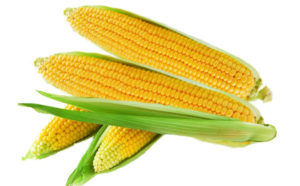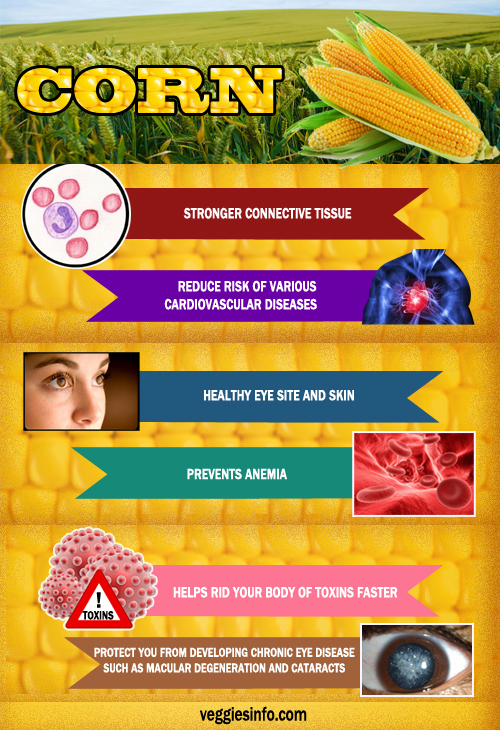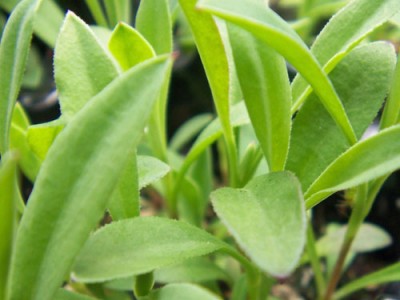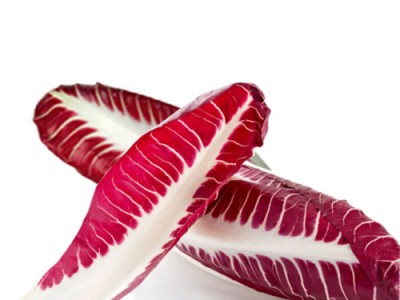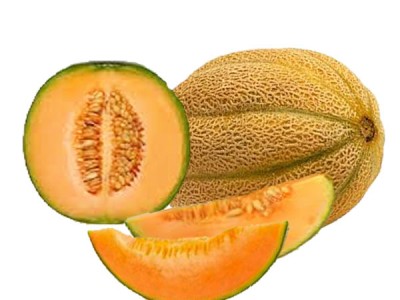
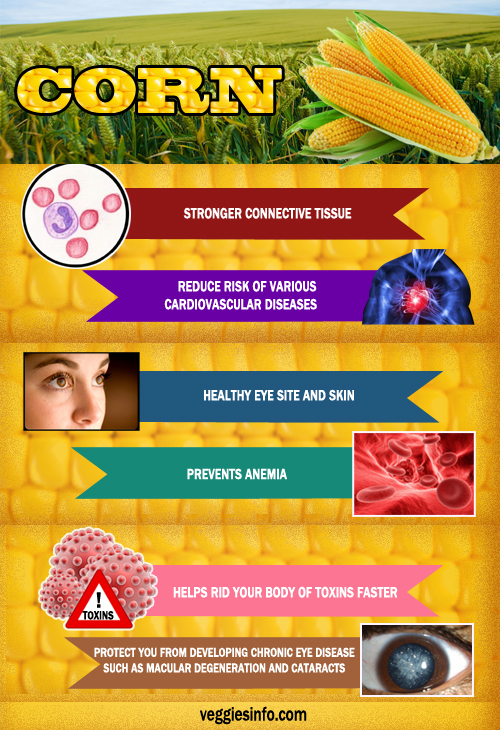
Corn Nutrition Facts and Health Benefits
About Corn
Scientifically known as Zea Mays ; corn belongs to saccharata.varrugosa family. It is a highly consumed vegetable that is popular throughout the world. First came the maize and then the corn; even though they are the same; maize went through an evolution process and then grew up to be corn. First cultivated by farmers in Mexico 10,000 years ago they found out that a few kennel of maize tasted better than the rest and it also grew larger than the expected size. Soon a better quality of corn was harvested as a result of selective breeding. The ancestor of today’s corn is believed to be teosinte; even though they don’t resemble in appearance their DNA is likely to match. It is a celebrated delicacy during 4th of July; which also marked as its peak season of harvest. In order to generate good quality of corn harvesters these days induce in genetically modifying them thus hampering with their nutrition levels. Dried corn kennels are used as a pulse called maize, corn cobs or kennels are used in cuisines world wide and baby corn is used mainly in Asian cuisine. This vegetable is used in a different way in every stage of its cultivation.
Nutrition Value Of Corn
- It contains healthy amounts of some important minerals like zinc, magnesium, copper, iron, and manganese.
- It is a good source of phenolic flavonoid antioxidant, ferulic acid. Several research studies suggest that ferulic acid plays vital role in preventing cancers, aging, and inflammation in humans.
- It plays a significant role in the Prevention Of Digestive Ailments like constipation and hemorrhoids as well as colorectal cancer.
Benefits Of Corn
- Protect you from developing chronic eye disease such as muscular degeneration and cataracts.
- Decrease your risk of heart disease, colon cancer.
- Helps rid your body of toxins faster.
- Prevents Anemia.
- Controls diabetes and hypertension.
- Rich source of vitamins and minerals.
- Improve bone strength.
- Reduce risk of various cardiovascular diseases.
- Healthy eye site and skin.
- Stronger Connective Tissue.
Interesting Facts
Corn was first grown by Native Americans more than 7,000 years ago in Central America.
Corn Uses
Sweet corn leaves were used as chewing gum by Native Americans.
| Principle | Nutrient Value | Percentage of RDA |
|---|---|---|
| Energy | 86 Kcal | 4% |
| Carbohydrates | 18.70 g | 14% |
| Protein | 3.27 g | 6% |
| Total Fat | 1.35 g | 7% |
| Cholesterol | 0 mg | 0% |
| Dietary Fiber | 2.0 g | 5% |
| Vitamins | ||
| Folates | 42 µg | 10.5% |
| Niacin | 1.770 mg | 11% |
| Pantothenic acid | 0.717 mg | 14% |
| Pyridoxine | 0.093 mg | 7% |
| Riboflavin | 0.055 mg | 4% |
| Thiamin | 0.155 mg | 13% |
| Vitamin A | 187 IU | 6% |
| Vitamin C | 6.8 mg | 11% |
| Vitamin E | 0.07 mg | <1% |
| Vitamin K | 0.3 µg | 2% |
| Electrolytes | ||
| Sodium | 15 mg | 1% |
| Potassium | 270 mg | 6% |
| Minerals | ||
| Calcium | 2 mg | <1% |
| Copper | 0.054 mg | 6% |
| Iron | 0.52 mg | 6.5% |
| Magnesium | 37 mg | 9% |
| Manganese | 0.163 mg | 7% |
| Selenium | 0.6 µg | 1% |
| Zinc | 0.46 mg | 4% |
| Phyto-nutrients | ||
| Carotene-ß | 47 µg | — |
| Carotene-a | 16 µg | — |
| Cryptoxanthin- ß | 115 µg | — |
| Lutein- zeaxanthin | 644 µg | — |
This is known for its high calorific value where a 100g of corn consist of 365 calories. It has fatty acids and will ensure a weight gain, people who are looking to put on weight in a healthy way can sought after to corn for desired results. It is a very rich source of phyto-chemicals a compound derived directly from plants. This is very rich source of fibre; one cup of corn consists of 18.5% of recommended level of daily intake of fibre. Food rich in fibre helps in smooth bowel moments and also keeps hemorrhoids at bay. It is also proven that fibre helps in evading colon cancer as corn is a whole grain vegetable. It is also known for its folate and anti oxidant property that boost the immune system of the body, protecting it from many chronic diseases. A good heart is only a resultant of good food,it is rich in iron and omega 3 fats which is also known as good fats. Iron increases the blood level of the body where as omega 3 fats filter the bad cholesterol from good cholesterol thus preventing cardiovascular diseases. Owing to its iron content corn helps in evading Anaemia.
How To Enjoy Corn
This can be enjoyed in a multiple ways; steam them, add butter lime and salt and you are good to go. Corn kennels can be added to soups or curries and baby corn is mainly used in Asian cooking as a part of Manchurian. Corn salads made in coleslaw taste great and helps you beat the heat
To take it as a statutory warning corn has a lot of fat content and its oil is rich in fatty oils , people with heart diseases and obesity should regulate their corn consumption ; watching over what they eat.

